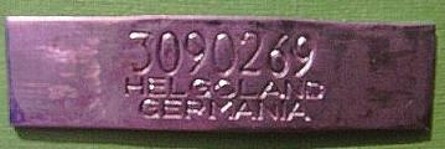

Why ring birds?
Bird ringing for scientific purposes was applied for the first time in 1899, by the Dane H.D. Mortensen. He provided starlings with metal rings around their legs, which had a unique number and return address encrypted. Since then, this method has developed into the worldwide standard method to study the lives of individual birds. Only such individual recognition allows the estimation of demographic parameters, such as survival and reproduction, and evolutionary parameters, such as natural selection and heritability of traits. Bird ringing is therefore indispensable to study the population ecology, ongoing evolution and behaviour of wild birds. As such, it is also an extremely valuable tool in guiding nature and species conservation policy. European migratory birds are, for example, exposed to many threats, and detailed knowledge of the problems and risks during their migration and at their African wintering sites is essential for designing adequate conservation measures.


Bird ringing is performed mostly by volunteers, over 10,000 in Europe. On average, 3.8 million birds are ringed, and about 90,000 recovered, each year. National ringing centres organise and coordinate the research projects, and ensure that ringing takes place under the highest ethical and technical standards. The integrity and well-being of the individual bird is key.
EURING, the overarching European organisation of the national ringing centres, ensures standardized data collection and processing, and coordinates international research projects. The EURING-database currently contains over 1.2 million ring recoveries.
Every reported recovery of a ringed bird helps us to understand the reasons behind rises and declines in bird populations. With recoveries, important resting and wintering sites may be identified, which is required if we are to offer a foundation for a connected system of protected areas for migratory birds.
Further information about the requirements and aims of bird ringing can be found in the EURING brochure "Vogelberingung für Wissenschaft und Naturschutz".

